About This Item
推荐产品
品質等級
化驗
97%
形狀
solid
mp
173-178 °C
λmax
292, 338 nm
螢光
λem 345, 360 nm in THF
軌道能量
HOMO 6.1 eV
LUMO 2.4 eV
OLED器件效能
ITO/NPD/mCP/BCPO:FIr6 (8%)/TAZ/LiF/Al
ITO/NPD/mCP/BCPO:FIrpic (8%)/TAZ/LiF/Al
SMILES 字串
c1cc(cc(c1)-n2c3ccccc3c4ccccc24)-n5c6ccccc6c7ccccc57
InChI
1S/C30H20N2/c1-5-16-27-23(12-1)24-13-2-6-17-28(24)31(27)21-10-9-11-22(20-21)32-29-18-7-3-14-25(29)26-15-4-8-19-30(26)32/h1-20H
InChI 密鑰
MZYDBGLUVPLRKR-UHFFFAOYSA-N
應用
訊號詞
Danger
危險聲明
危險分類
Eye Dam. 1 - Skin Irrit. 2 - STOT SE 3
標靶器官
Respiratory system
儲存類別代碼
11 - Combustible Solids
水污染物質分類(WGK)
WGK 3
閃點(°F)
Not applicable
閃點(°C)
Not applicable
個人防護裝備
dust mask type N95 (US), Eyeshields, Gloves
商品
In this article, we demonstrate that bis-styrylbenzene derivatives show promising characteristics for very low lasing thresholds and discuss the design considerations for organic lasing molecules.
Since their discovery, organic light emitting devices (OLEDs) have evolved from a scientific curiosity into a technology with applications in flat panel displays and the potential to revolutionize the lighting market. During their relatively short history, the technology has rapidly advanced, and device efficiencies have increased more than 20-fold, approaching the theoretical limit for internal quantum efficiencies.
Advances in the area of soft optoelectronics, with a focus on the development of organic optoelectronic devices on shape memory polymers (SMP) is discussed.
我们的科学家团队拥有各种研究领域经验,包括生命科学、材料科学、化学合成、色谱、分析及许多其他领域.
联系技术服务部门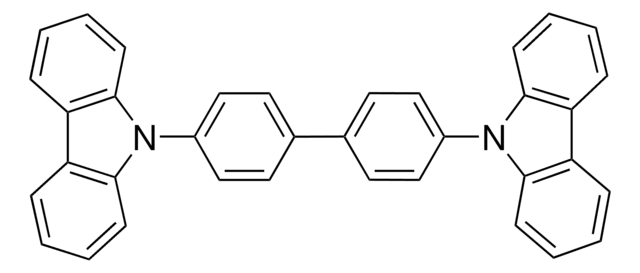

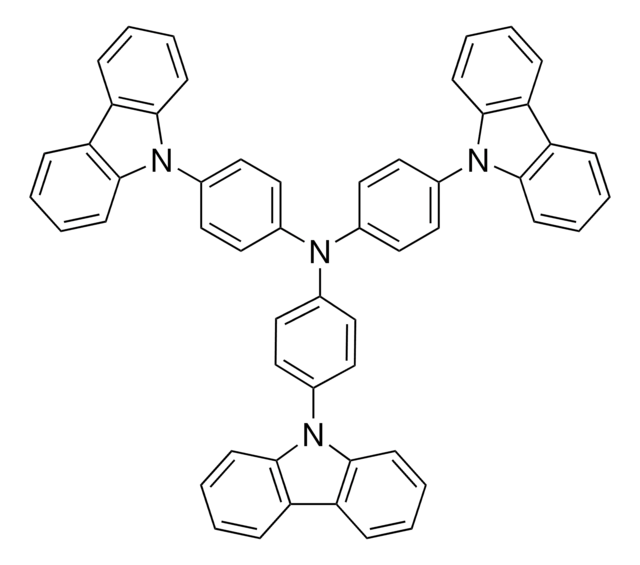
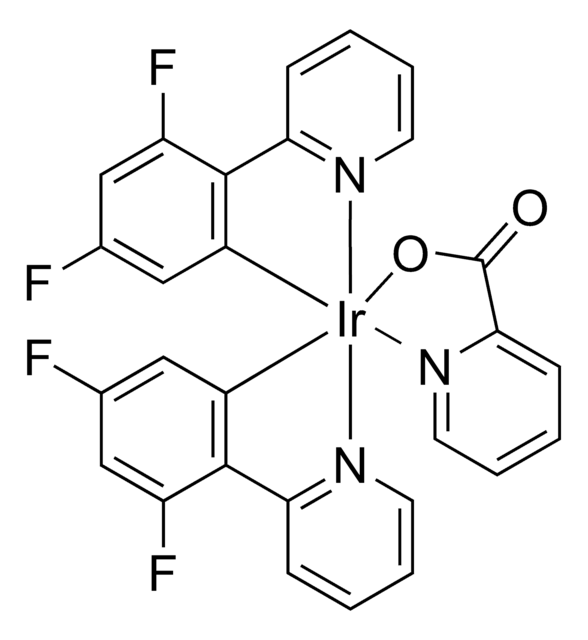
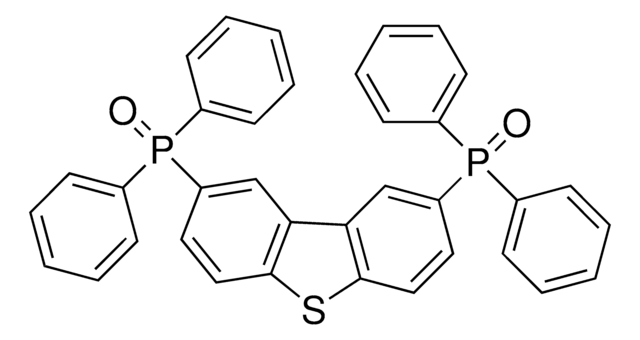
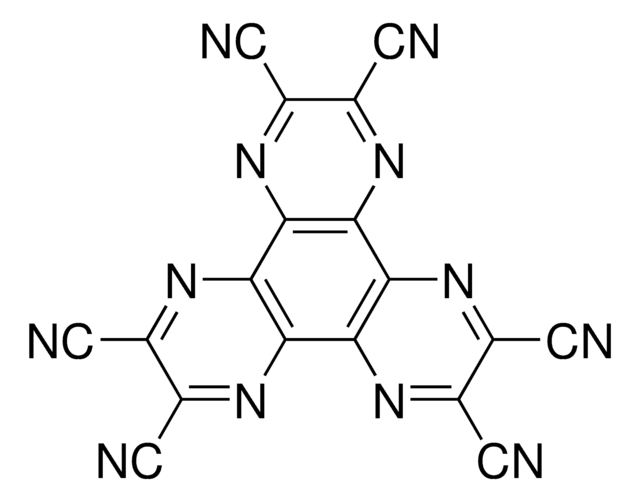
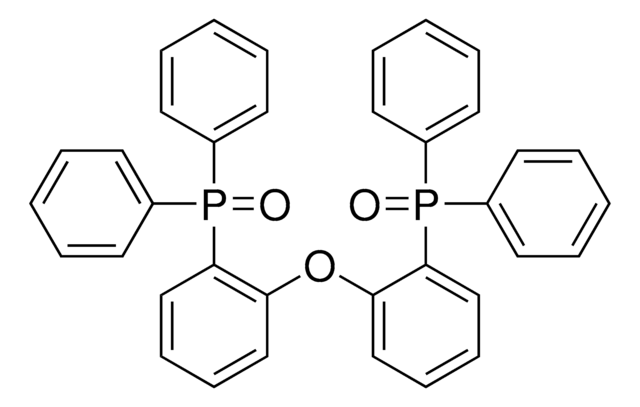
![N-([1,1′-Biphenyl]-4-yl)-9,9-dimethyl-N-(4-(9-phenyl-9H-carbazol-3-yl)phenyl)-9H-fluoren-2-amine ≥97%](/deepweb/assets/sigmaaldrich/product/structures/334/842/a358db6a-5ec8-4c88-902f-856ed7d79fb6/640/a358db6a-5ec8-4c88-902f-856ed7d79fb6.png)

